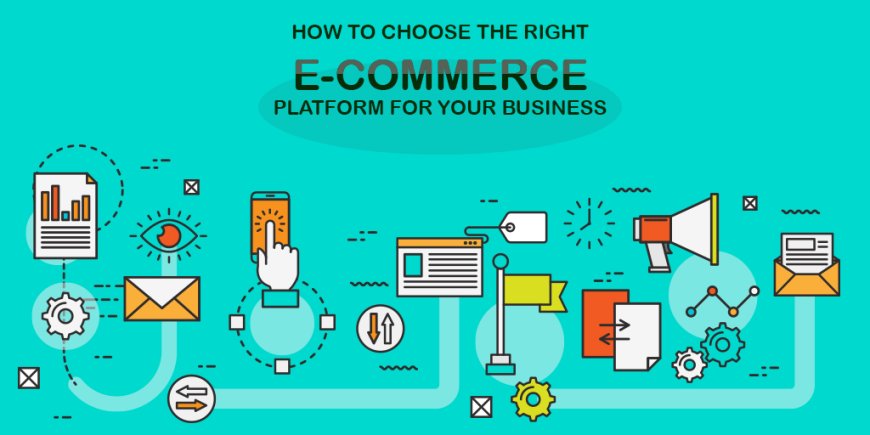Understanding NPS: Why It Matters and How to Make It Work with Survey Examples
Explore the value of NPS for local businesses, its challenges, practical tips, and smart survey examples.

The question why is NPS important isnt just about metricsits about listening to your customers, especially when youre a local business trying to grow in a competitive market. Net Promoter Score (NPS) is one of the simplest yet most powerful tools to measure customer satisfaction and loyalty. When used correctly, NPS can help businesses understand where they stand with customers, how they can improve, and where opportunities for growth lie. This blog post breaks down 10 common NPS-related challenges, along with practical strategies and survey examples to help you navigate each one effectively.
Understanding What NPS Measures
NPS measures the likelihood of customers recommending your business to others. Based on a single questionHow likely are you to recommend us to a friend or colleague?customers are classified as Promoters (9-10), Passives (7-8), or Detractors (0-6). The score is calculated by subtracting the percentage of Detractors from Promoters. Its simple, but it tells a compelling story.
Implementation Tip:
Pair the main question with a follow-up open-ended query like Whats the main reason for your score? to gather actionable feedback.
Example:
A local bakery collects NPS responses after online orders. Promoters love their packaging, while Detractors complain about late deliveries. The team adjusts their delivery routes accordingly.
Choosing the Right Time to Ask
Timing your survey is crucial. Ask too early, and the customer hasnt experienced enough. Ask too late, and the moment has passed.
Tip:
For service-based businesses, send the survey within 2448 hours after the interaction. For product delivery, wait a few days after delivery for more accurate responses.
Example:
A neighborhood salon sends an NPS survey via SMS two hours after an appointment. They receive a 30% higher response rate than when they emailed it days later.
Avoiding Survey Fatigue
Bombarding customers with surveys can lead to lower engagement. Keep your surveys short, to the point, and infrequent.
Tip:
Limit NPS surveys to quarterly or after key touchpoints to maintain customer interest.
Example:
A small tech repair shop only surveys returning customers every six months. Response quality improves, and feedback is more detailed.
Customizing the Survey Experience
Generic surveys feel impersonal. Tailoring surveys to match the customer journey enhances response quality.
Tip:
Use customer names, mention specific products or services, and customize the language based on previous interactions.
Example:
A family-owned restaurant sends personalized NPS emails after catering events. The friendly tone boosts their open and response rates.
Making the Survey Mobile-Friendly
More than 60% of surveys are now completed on mobile devices. If your form isnt responsive, you're likely losing out on valuable input.
Tip:
Use one-tap ratings and limit required fields. Always test on various devices before launching.
Example:
A local clothing boutique switches to a mobile-optimized NPS tool and sees survey completions jump by 45%.
Encouraging Honest Feedback
Customers may hesitate to give negative feedback if they think it wont be heard.
Tip:
Reassure respondents their feedback is anonymous and genuinely valued. Make it easy to provide both scores and comments.
Example:
A neighborhood gym includes a brief note from the owner in their NPS email, encouraging candid feedback. Responses become more authentic.
Responding to NPS Feedback
Gathering feedback is only half the job. Acting on itand letting customers know you didcloses the loop.
Tip:
Respond to Detractors quickly with empathy. Thank Promoters and invite them to share testimonials or reviews.
Example:
A bike repair shop calls Detractors to apologize and offer a free tune-up. Many revise their scores afterward.
Tracking NPS Trends Over Time
A one-time score gives a snapshot. Long-term tracking shows patterns and progress.
Tip:
Use spreadsheets or customer feedback tools to track scores monthly or quarterly. Identify what influences dips or spikes.
Example:
A small bookstore finds NPS dips during holiday rushes. They hire seasonal staff to maintain service quality and improve scores.
Comparing NPS by Customer Segment
Not all customers are the same. Segmenting your responses can highlight where improvement is needed most.
Tip:
Group scores by customer type, location, purchase value, or visit frequency. Prioritize fixes where NPS is lowest.
Example:
A local hardware store learns that first-time customers rate their service lower. They improve signage and checkout speed to improve the experience.
Using NPS to Build Community
Local businesses thrive on reputation. High NPS scores can signal strong community support and word-of-mouth marketing.
Tip:
Showcase great feedback on social media or your website (with permission). Encourage promoters to refer friends.
Example:
A pet grooming business turns promoter feedback into Instagram stories. Their referrals increase significantly in just a few weeks.
Conclusion: Listening Builds Loyalty
So, why is NPS important? Because it helps local businesses tune in to what really matterscustomer trust and loyalty. When used with thoughtfulness, it can shape better decisions, improve service, and turn happy customers into vocal supporters. Use tools and survey examples that reflect your brands personality and values.
What does your current NPS score say about your business? How are you using feedback to grow your local impact? Could more personalized follow-up make your customers feel heard? The answers lie in your dataand your willingness to act on it.









































